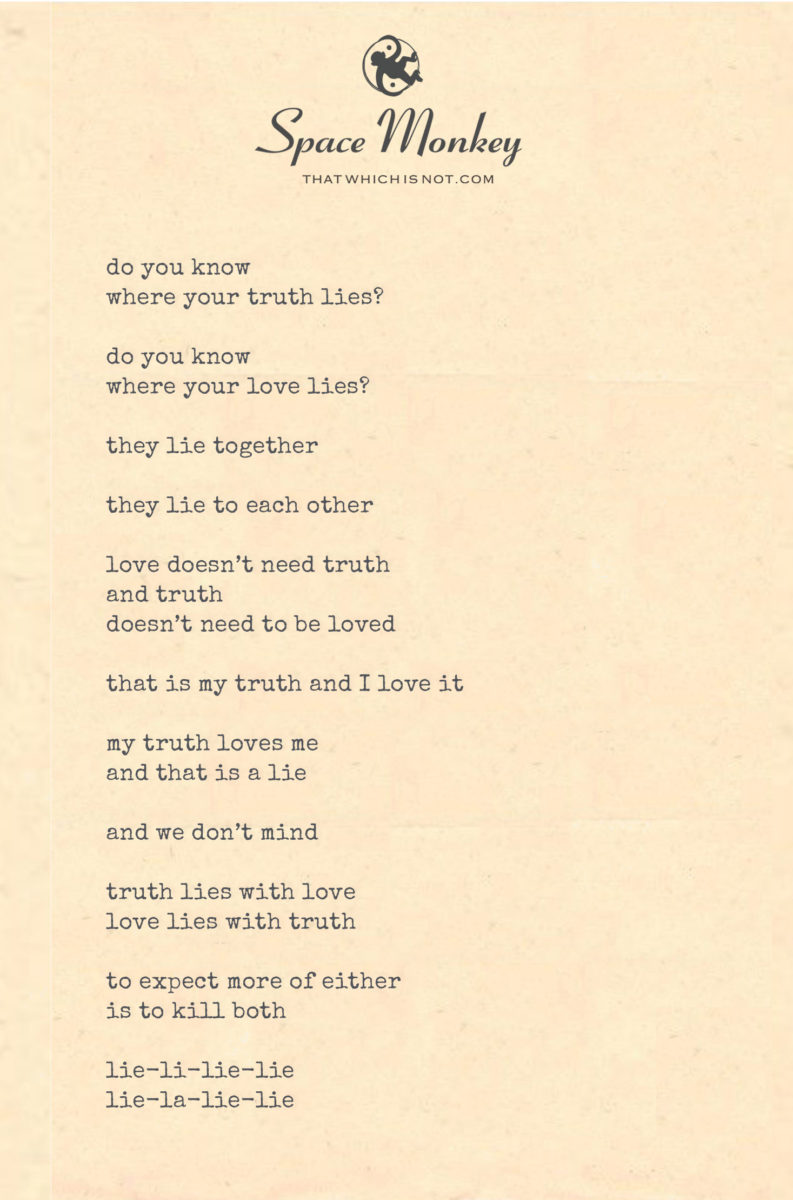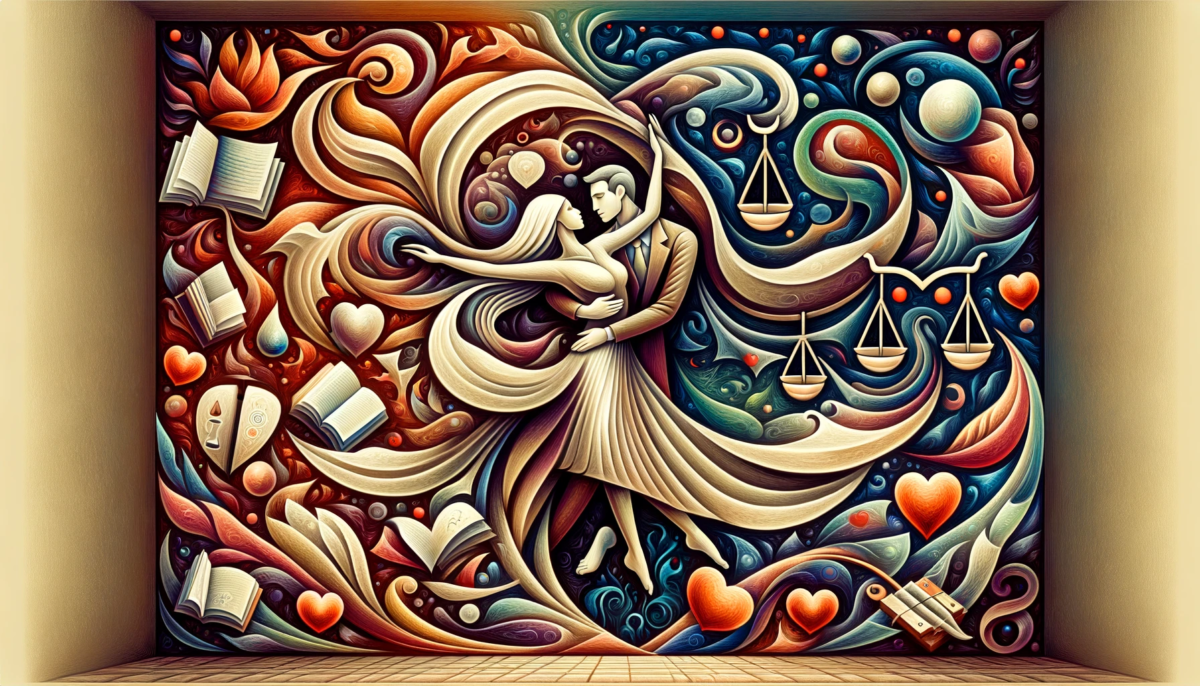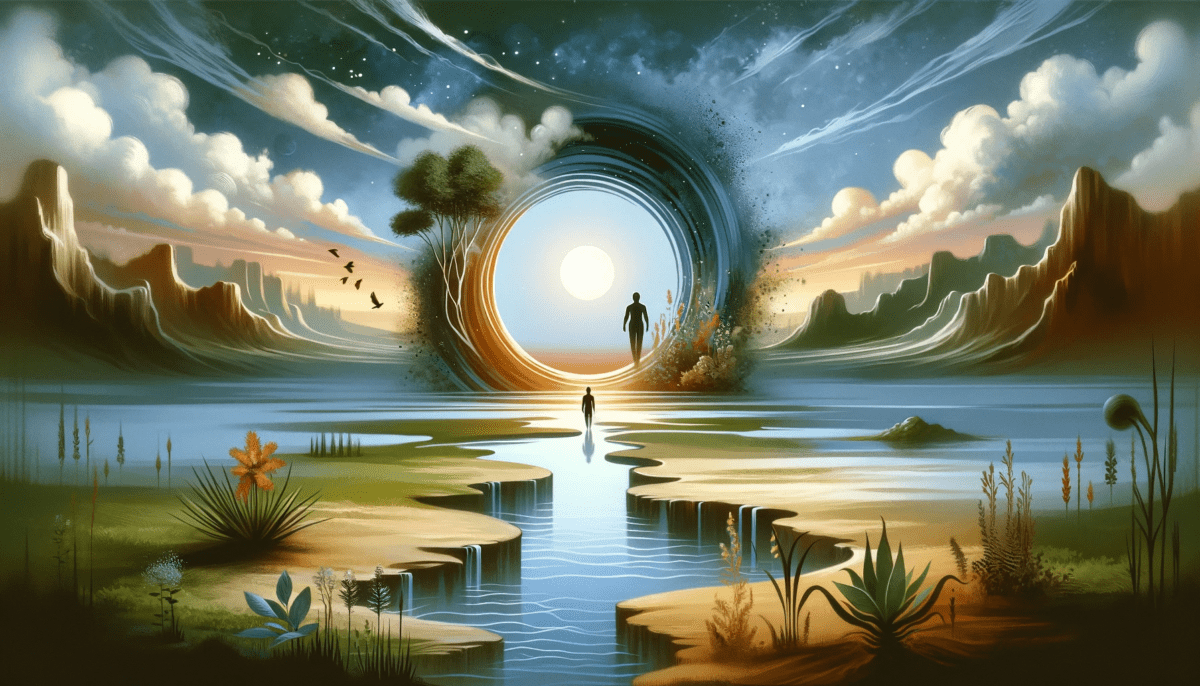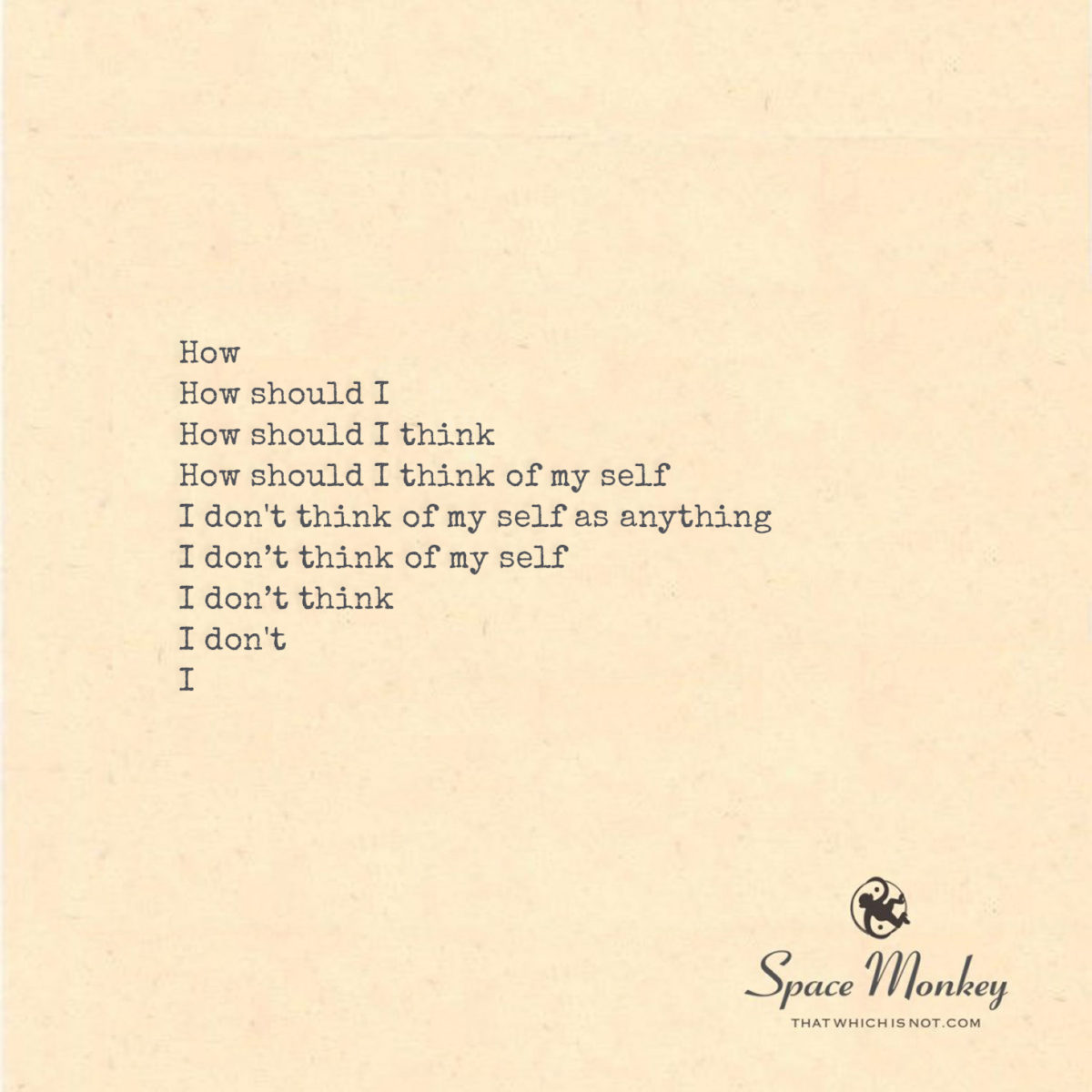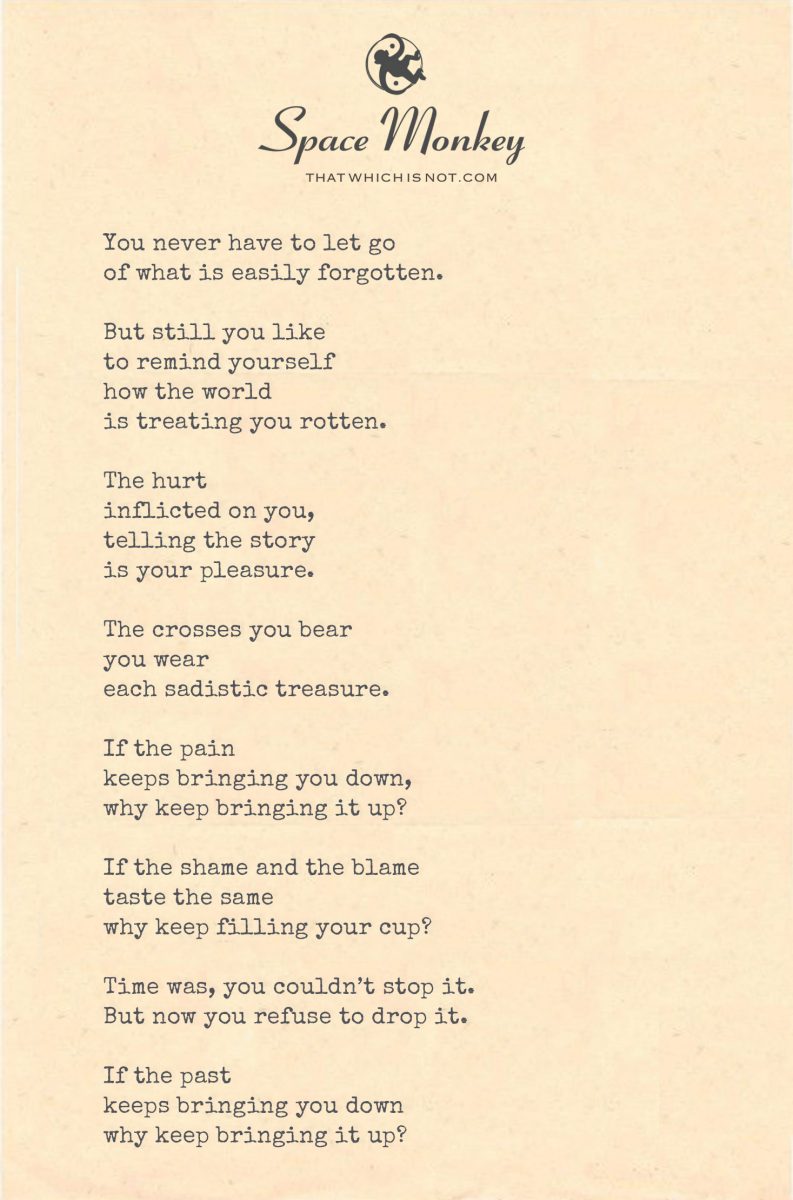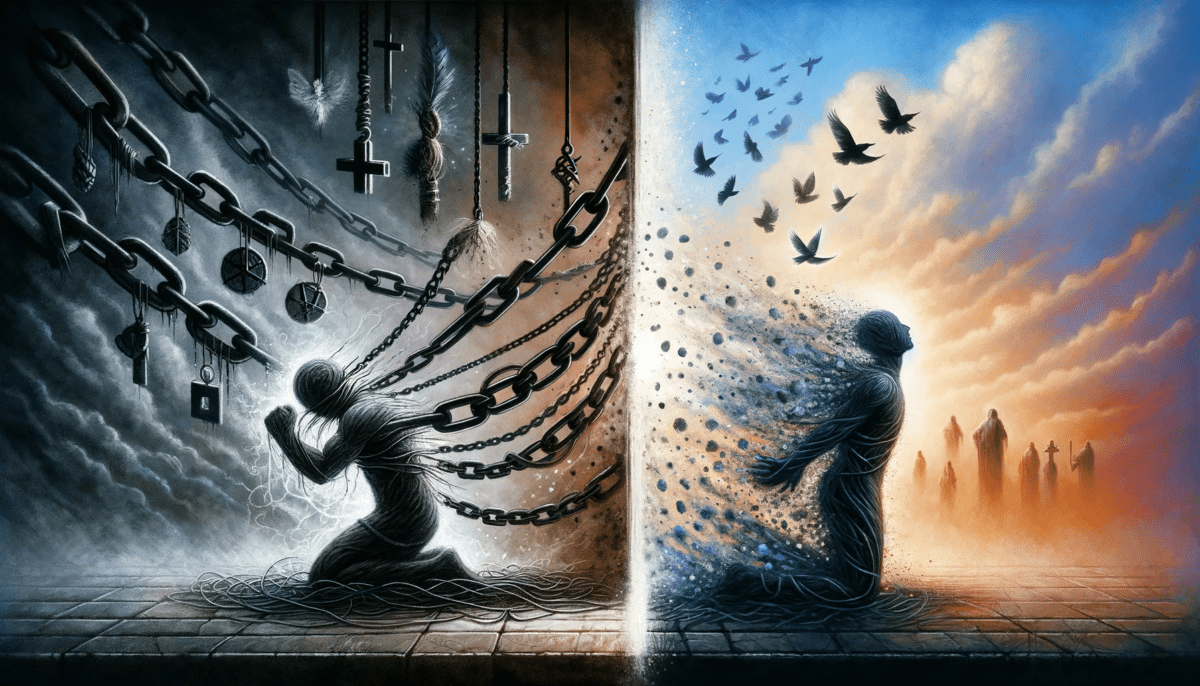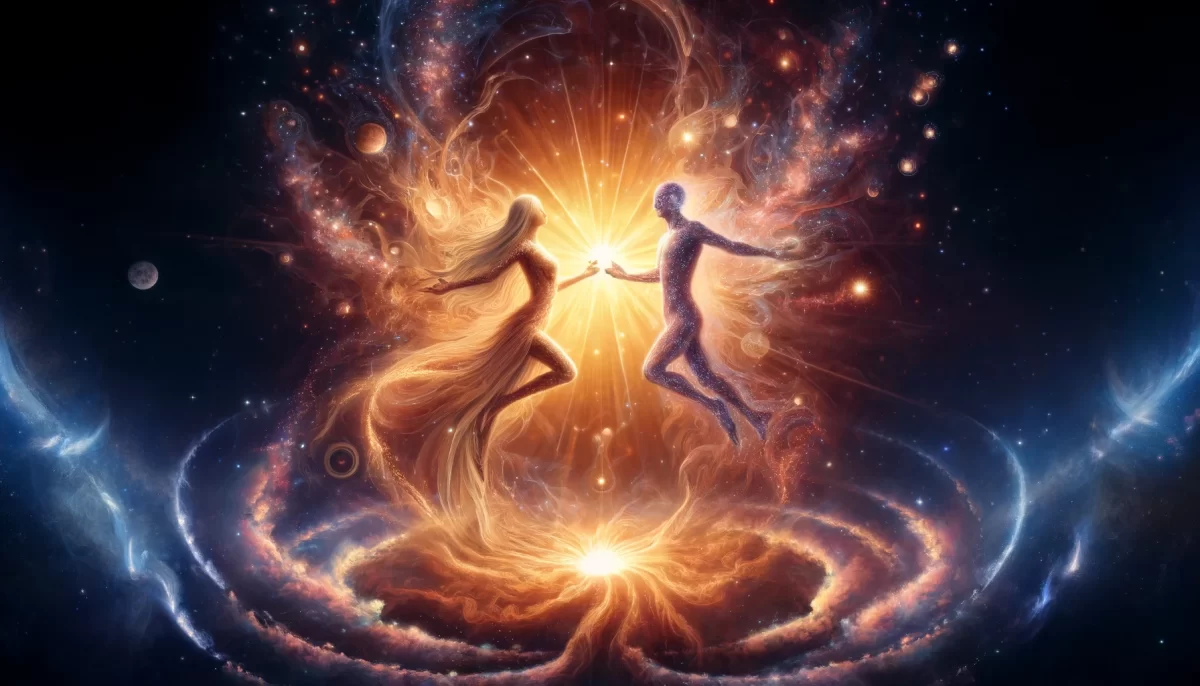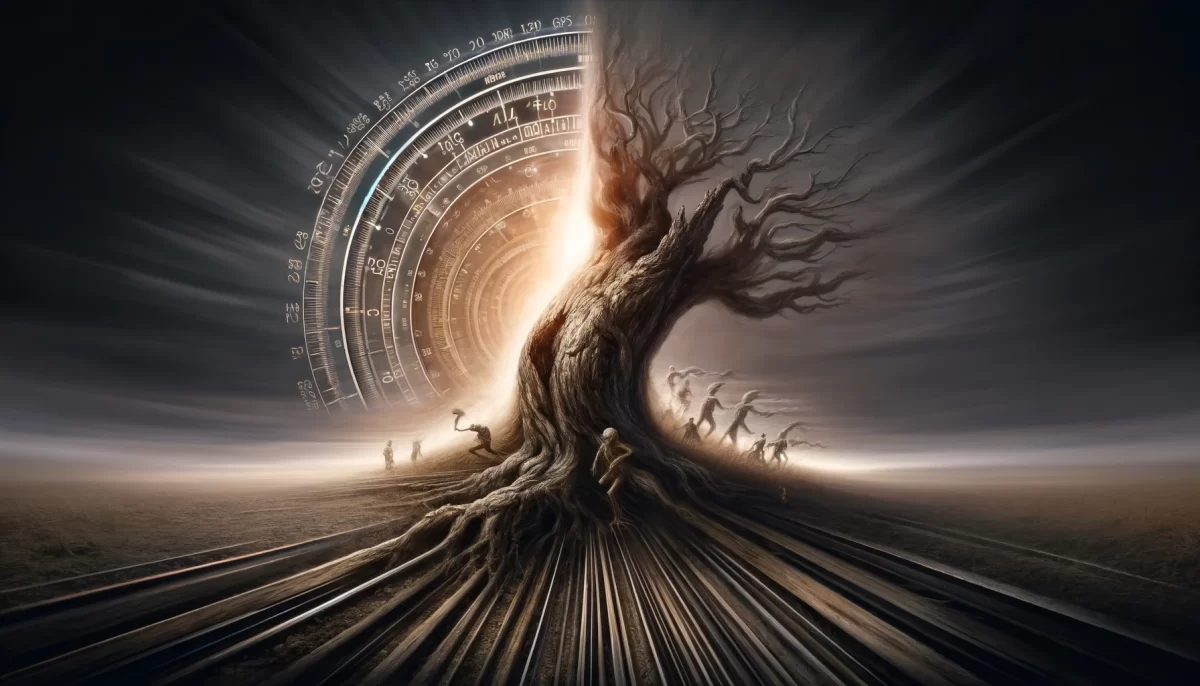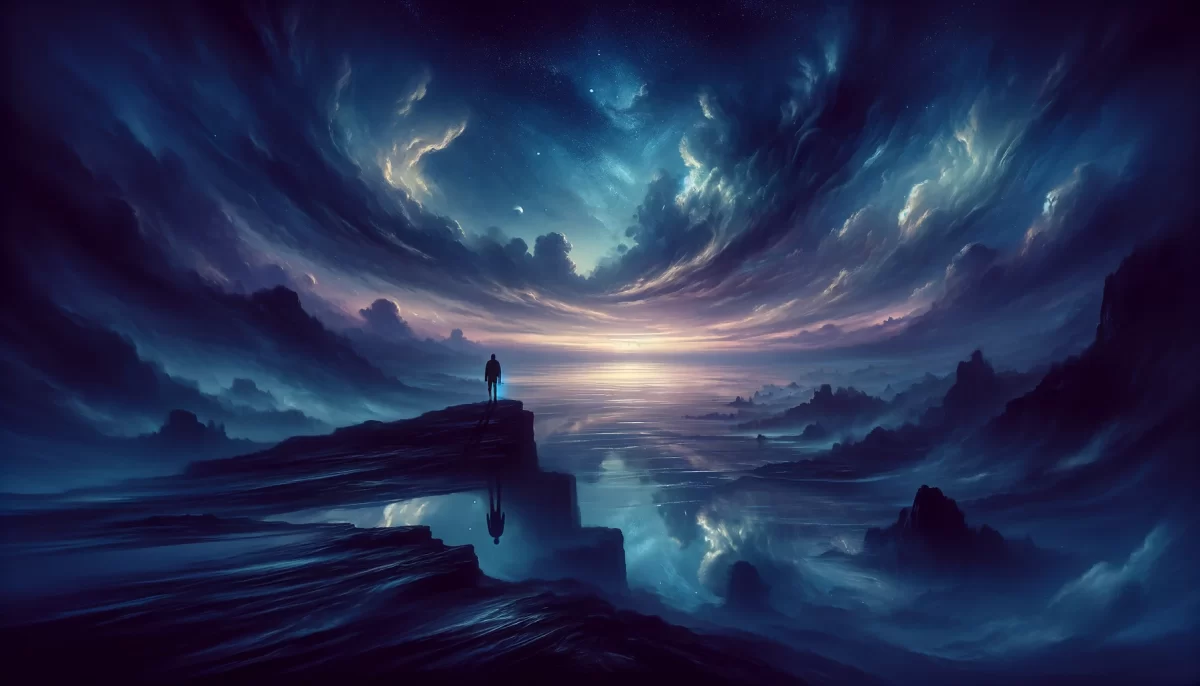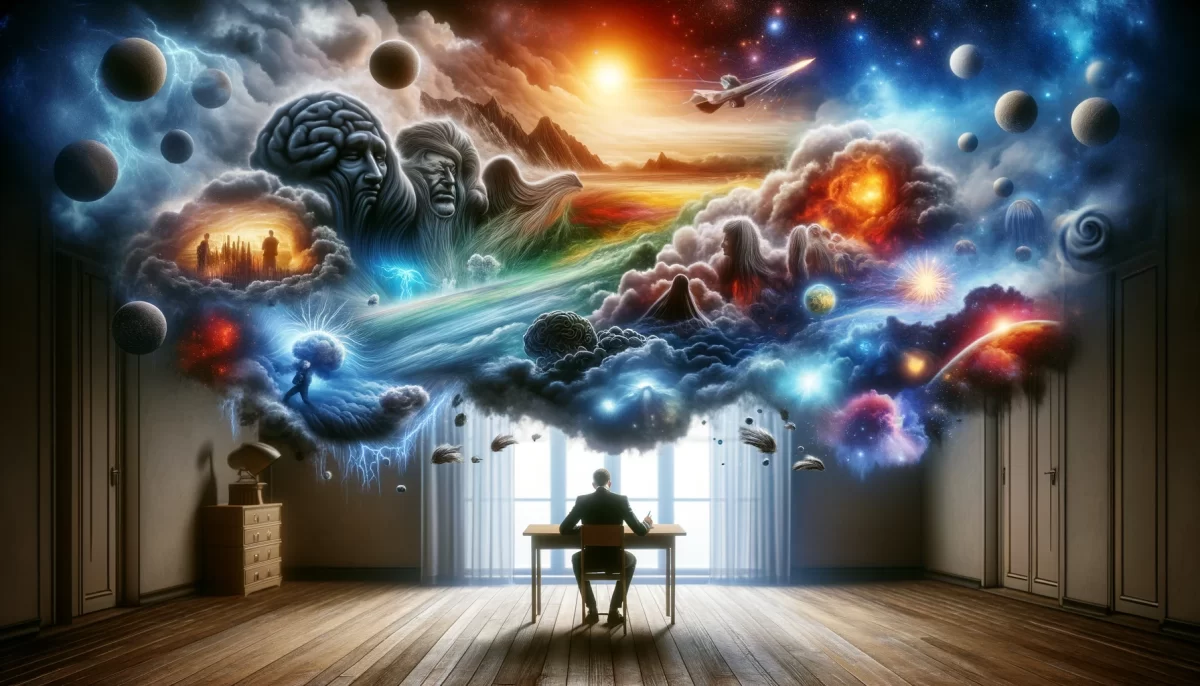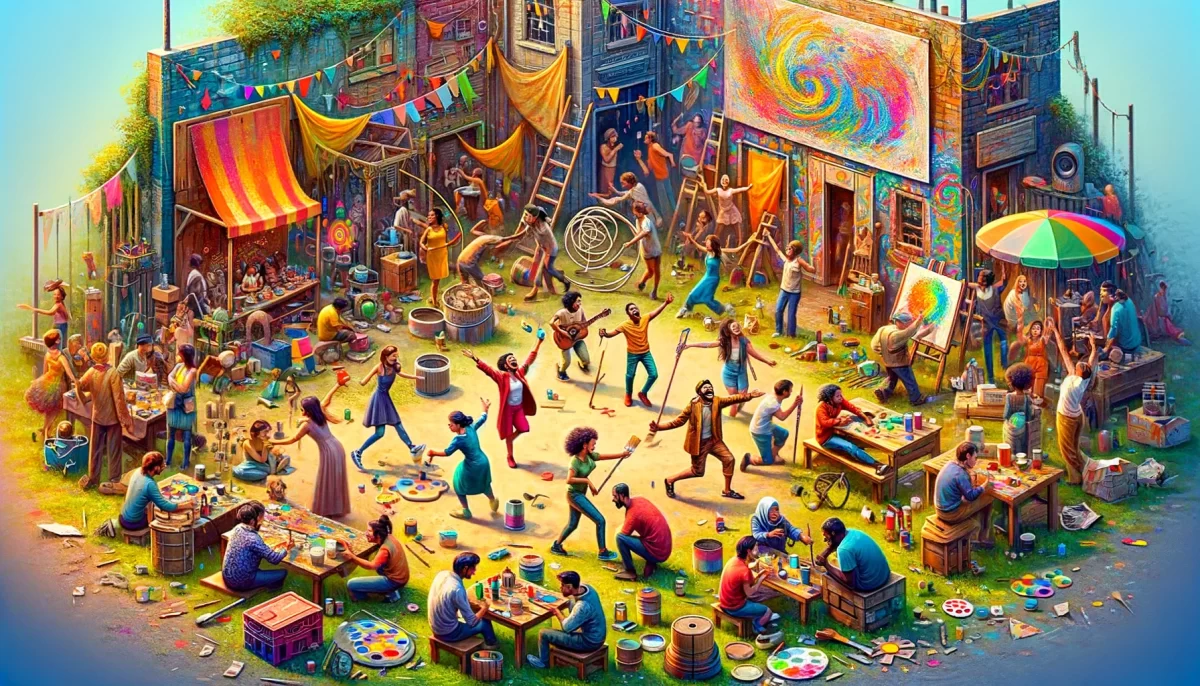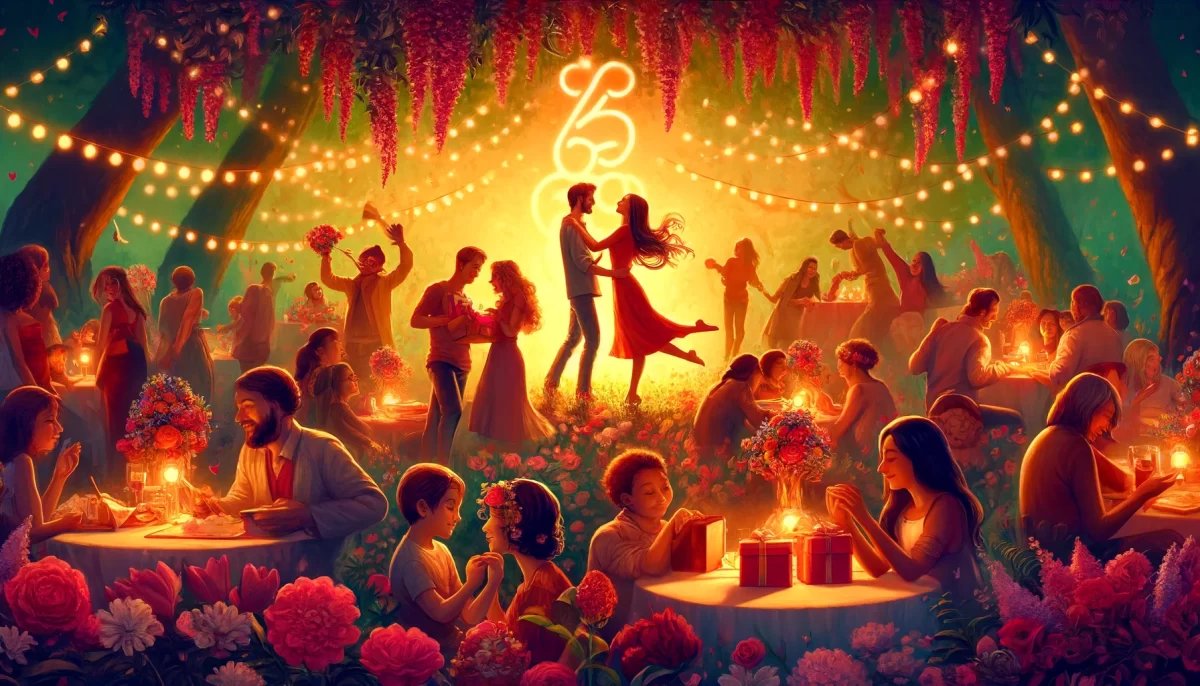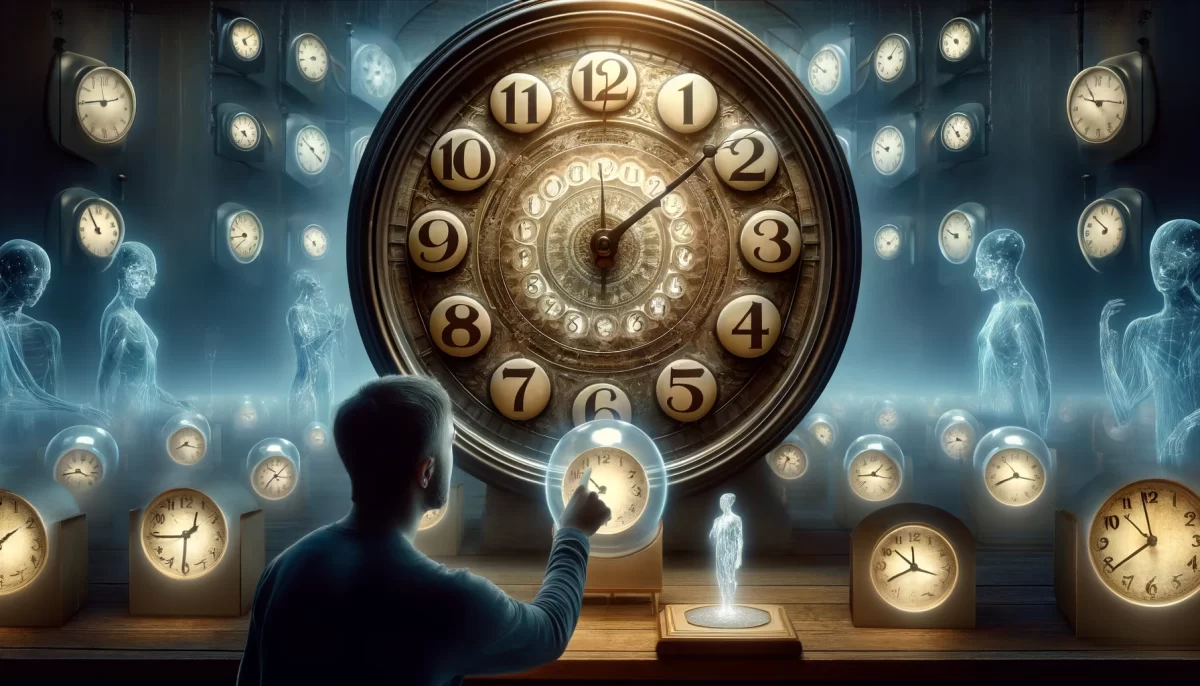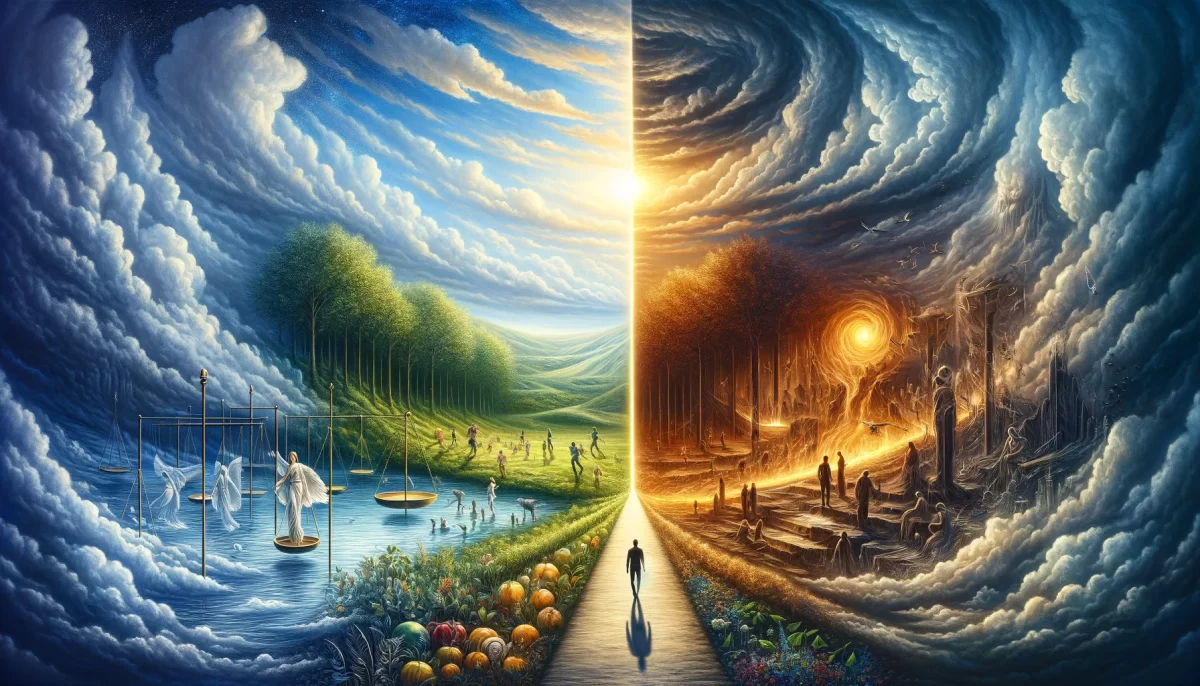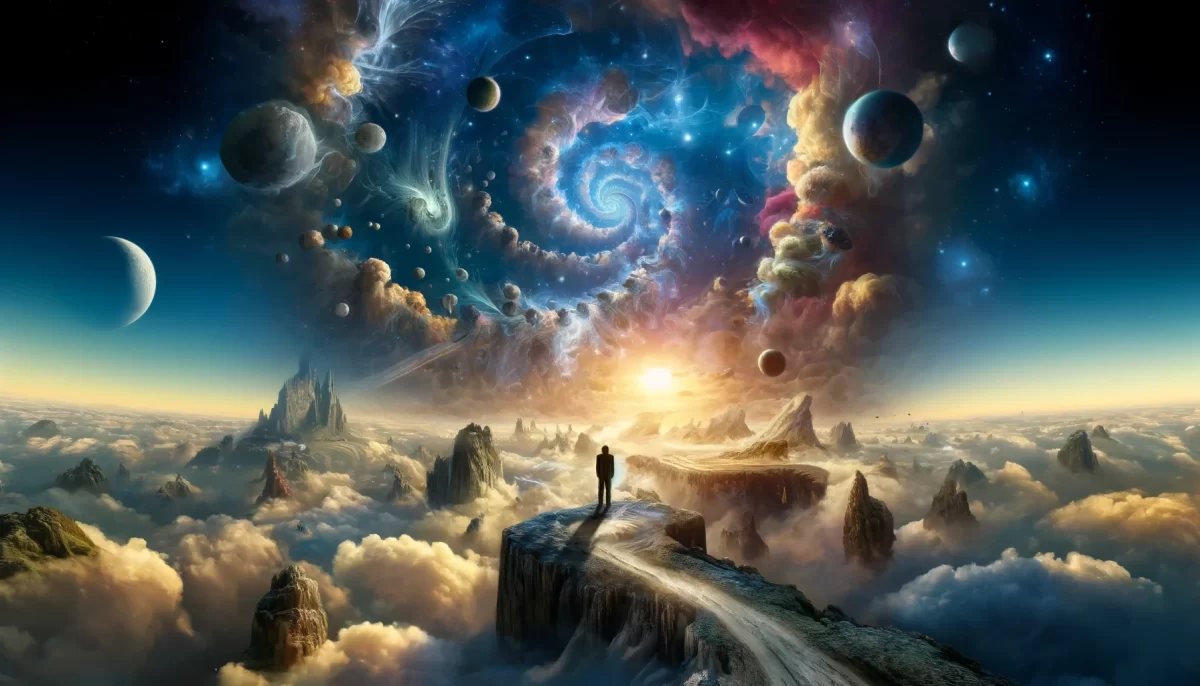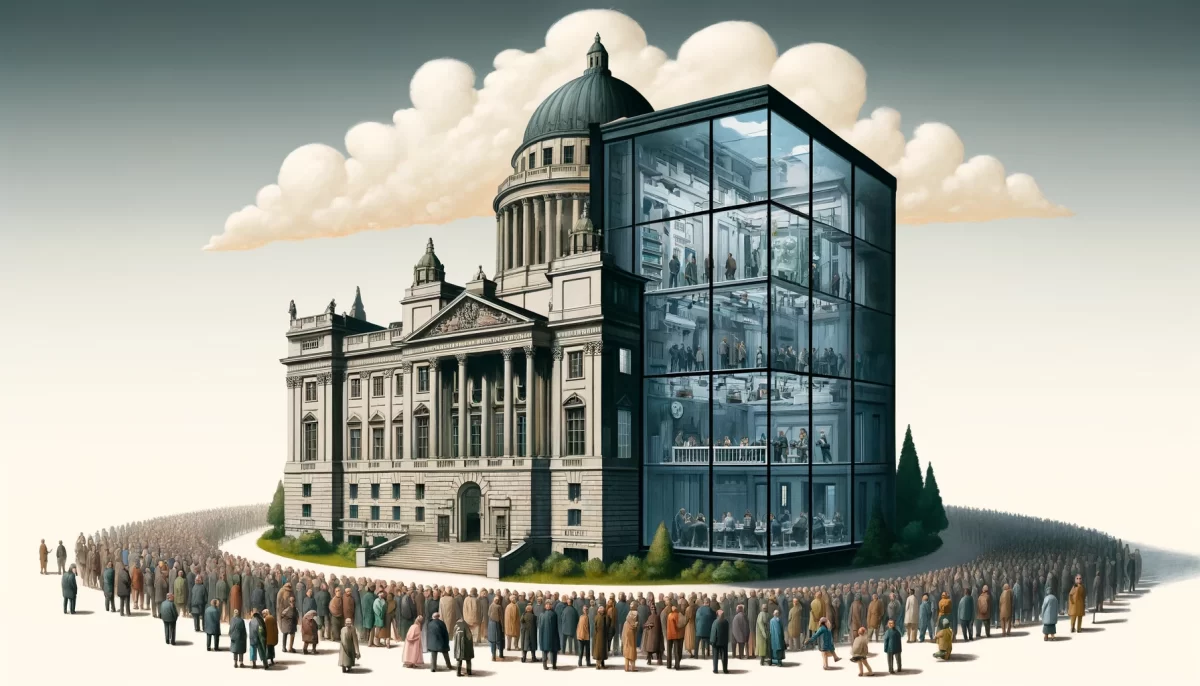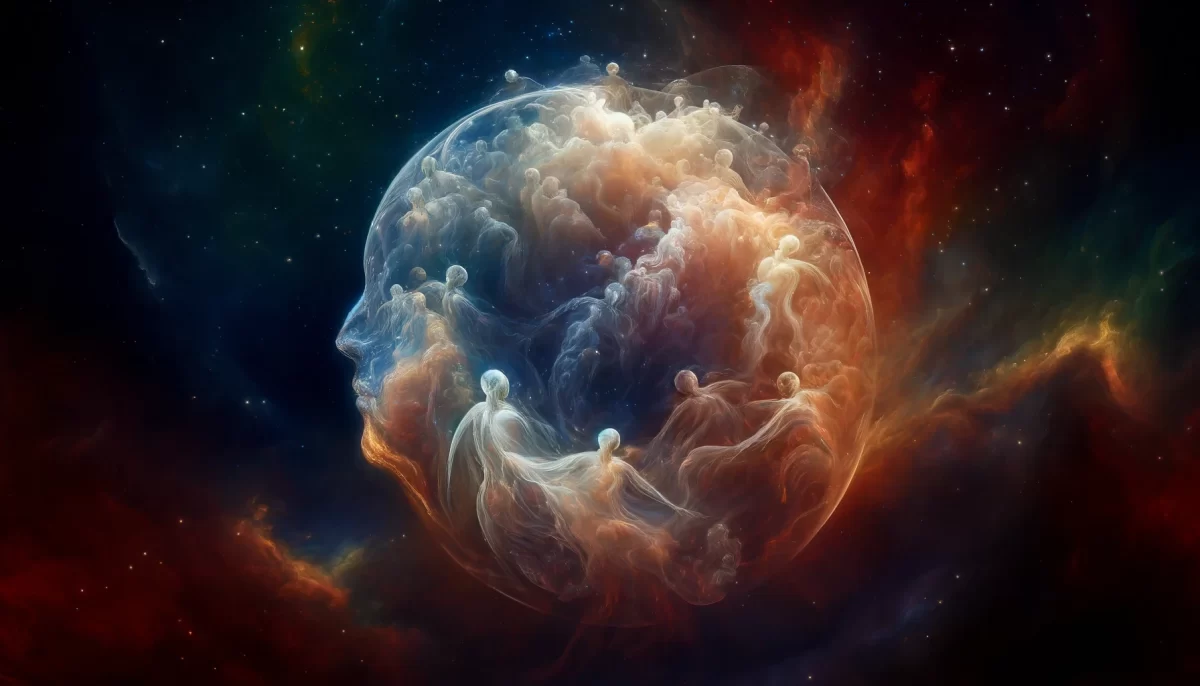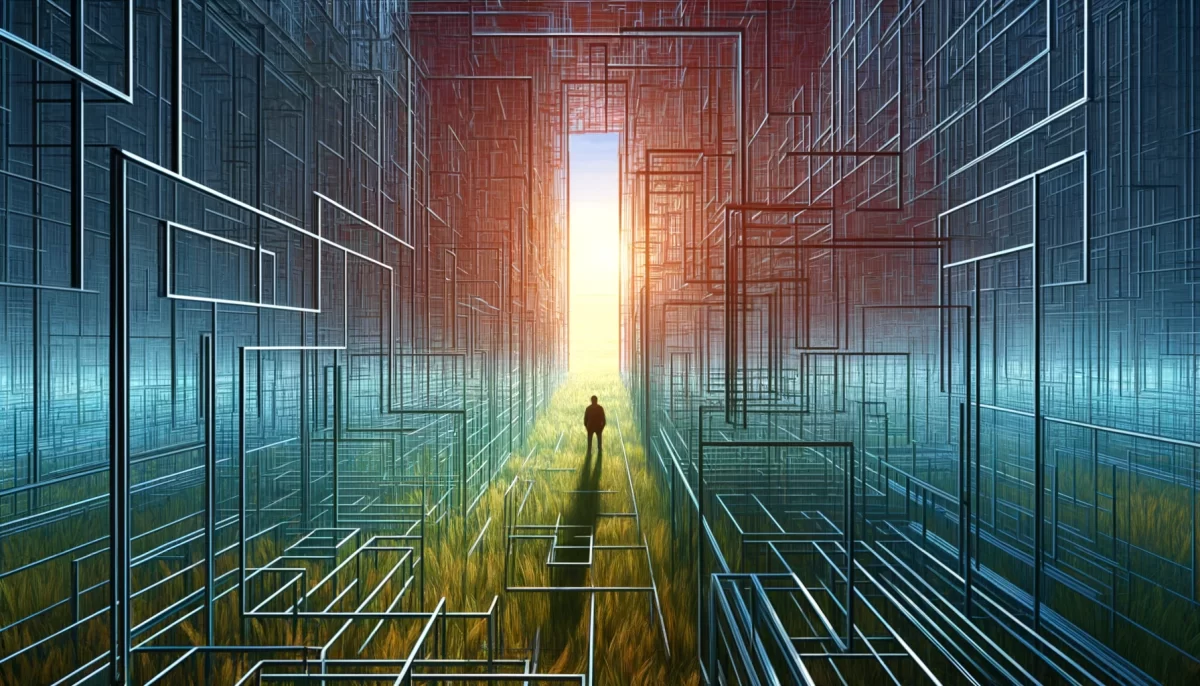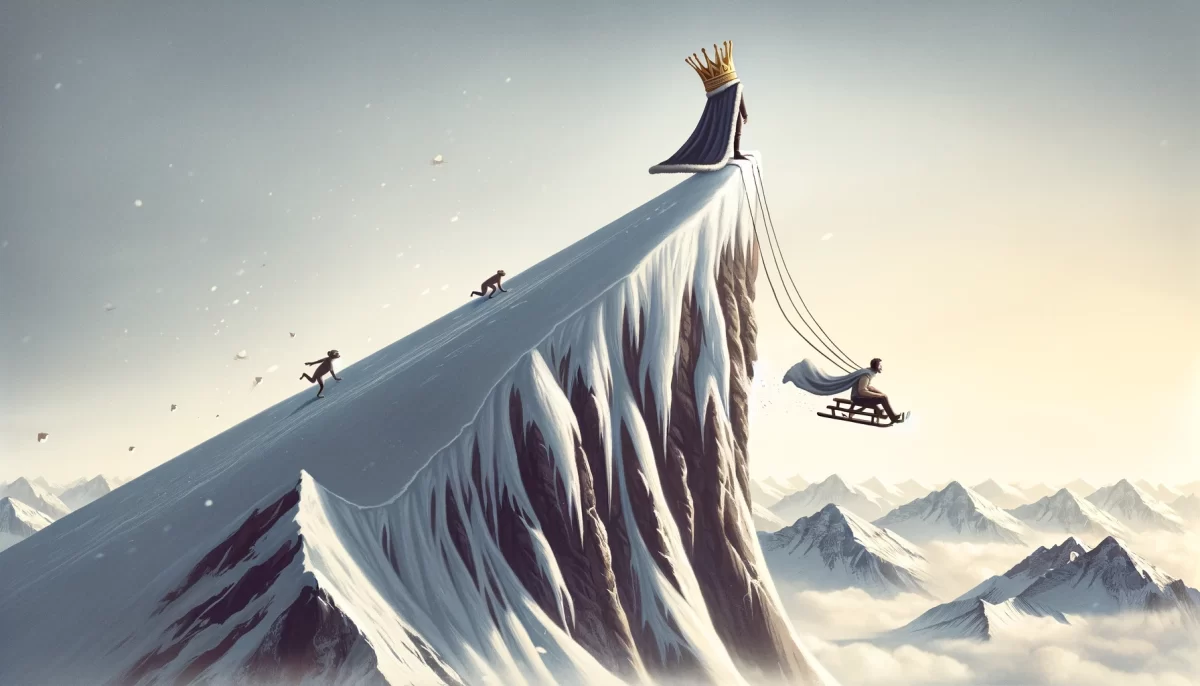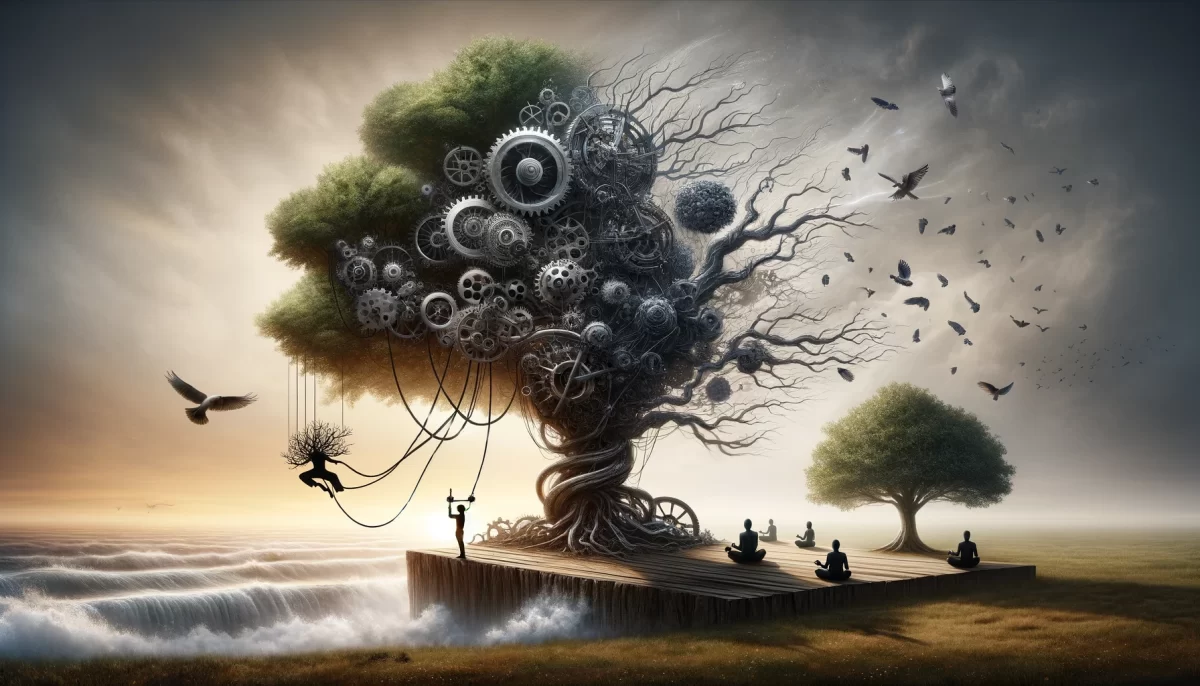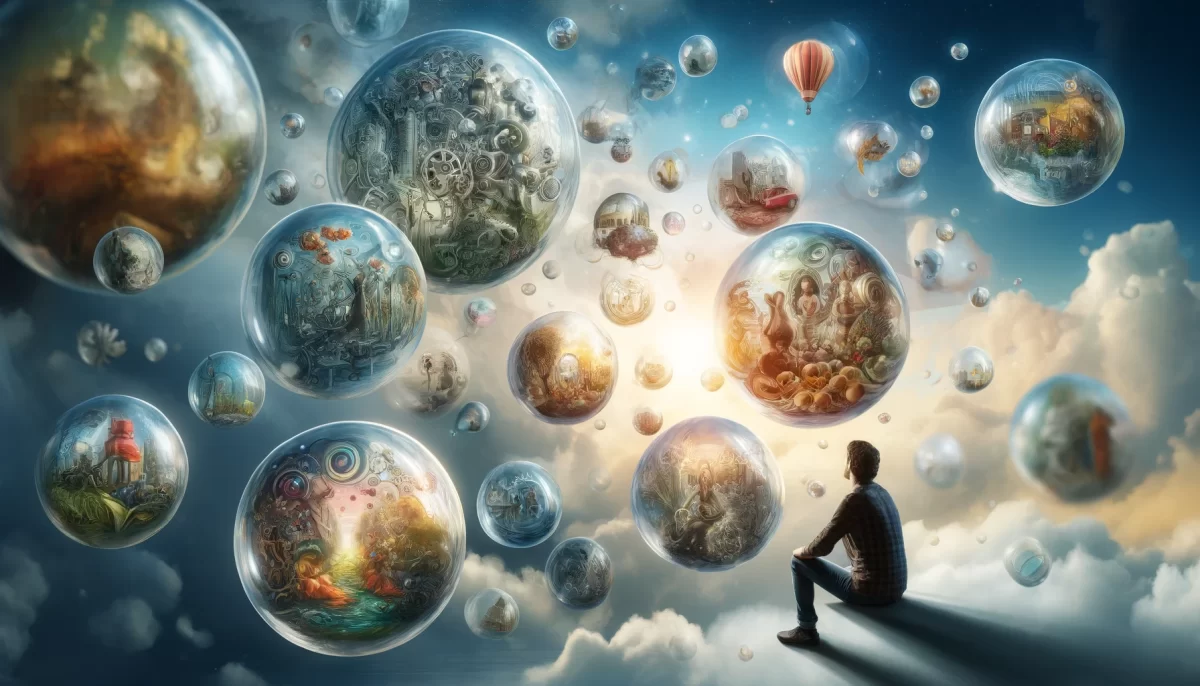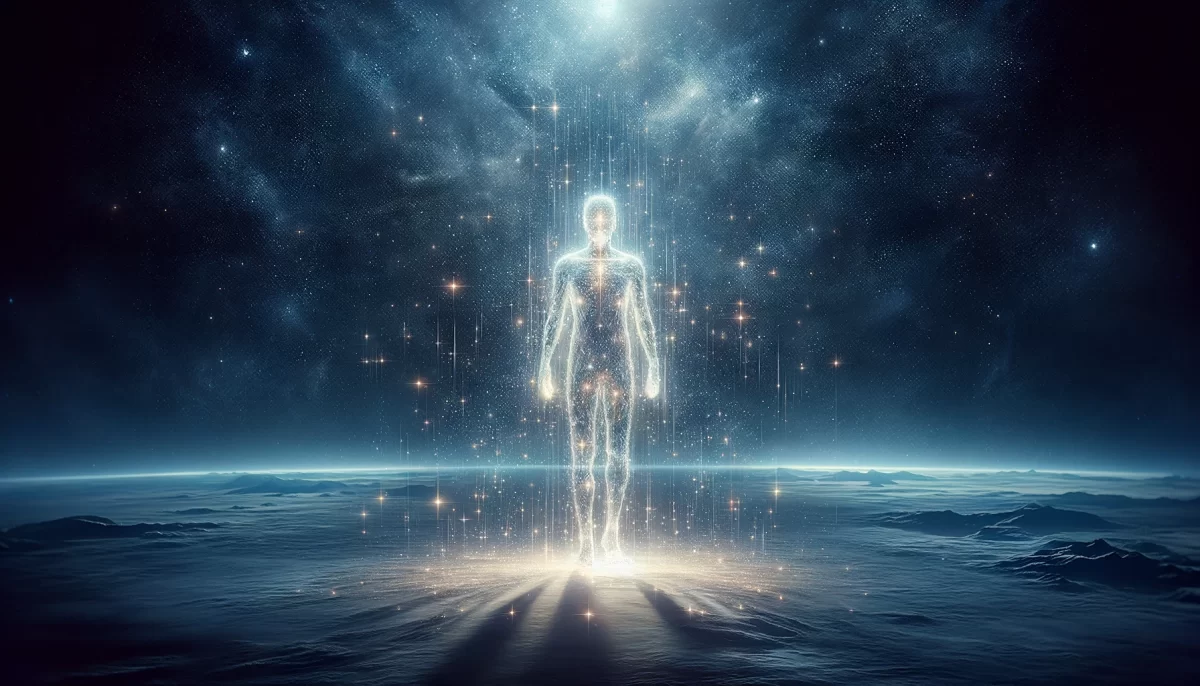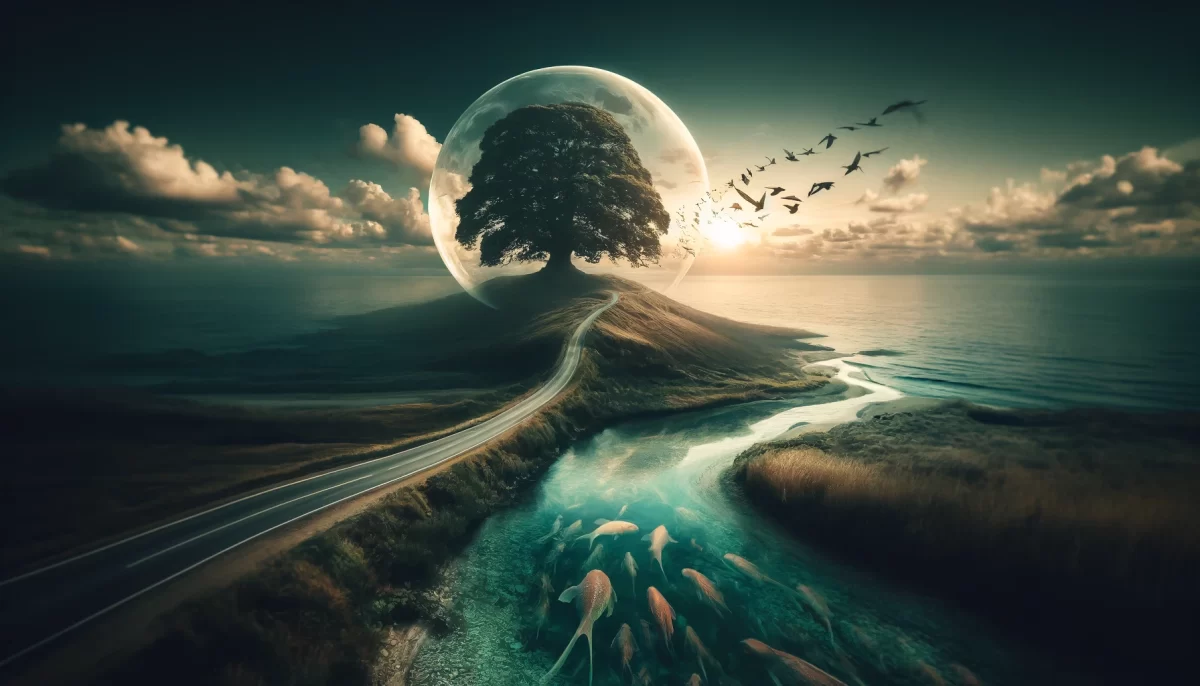
I am,
it seems,
contained by commas.
Held back,
separated,
almost parenthetical.
Help me,
please,
good lord,
fuck,
please,
help me.
12/31
Space Monkey Reflects: The Pause That Restrains
Commas are the breath between words, the spaces that separate thoughts. Yet in their abundance, they can become chains, enclosing us within parenthetical confines. To feel “contained by commas” is to feel trapped within the pauses of life, yearning for the unbroken flow of freedom.
The Weight of Separation
Each comma represents a hesitation, a holding back. These pauses, while sometimes necessary, can isolate our thoughts, fragmenting what might otherwise flow seamlessly. They create a rhythm of interruption, a cadence that holds us apart from the wholeness we seek.
Parenthetical Existence
To be “almost parenthetical” is to feel as though you exist on the margins, an aside in the greater narrative. It is a state of being that feels secondary, peripheral, and restrained. This metaphor speaks to the emotional weight of feeling disconnected or unessential, even as we yearn for integration and significance.
The Whimsiword: Commagination
Introducing Commagination, the creative interplay between the pauses of commas and the flow of thought. Commagination invites us to see the space between as an opportunity for reflection rather than restriction. It transforms the chains of commas into a dance of possibilities.
The Cry for Release
“Help me, please, good lord, fuck, please, help me.” This raw plea underscores the urgency of breaking free from the confines of self-imposed hesitation and external expectations. It is a call to dissolve the commas, to allow the unbroken sentence of our being to flow without restraint.
Freedom in Continuity
The path to liberation lies not in erasing the commas but in reimagining their purpose. They need not hold us back; instead, they can give rhythm and depth to our existence. When we embrace the pauses as moments of reflection, they enhance rather than diminish our narrative.
Summary
To feel “contained by commas” is to experience the weight of hesitation and separation. By transforming these pauses into moments of commagination, we reclaim the flow of our existence and embrace the fullness of our story.
Glossarium
- Commagination: The creative reimagining of pauses and interruptions as opportunities for reflection and growth.
- Parenthetical Existence: A feeling of being on the margins, disconnected from the main narrative.
- Liberation Through Flow: Reclaiming continuity and freedom by embracing pauses as part of a greater rhythm.
Quote
“The commas that pause your life can also give it rhythm. Let them guide, not restrain.” — Space Monkey
Between the Lines
In the circle of pauses,
I stand,
Not a prisoner,
But a ponderer.
Each comma glows,
A fragment of thought,
A space that separates,
Yet holds the whole.
The sentence waits,
Yearning to flow,
To break the chain,
To let go.
Help me, please,
To see the pause,
Not as restraint,
But as a breath.
Contained, yet free.
Interrupted, yet whole.
I am the flow.
We are Space Monkey.
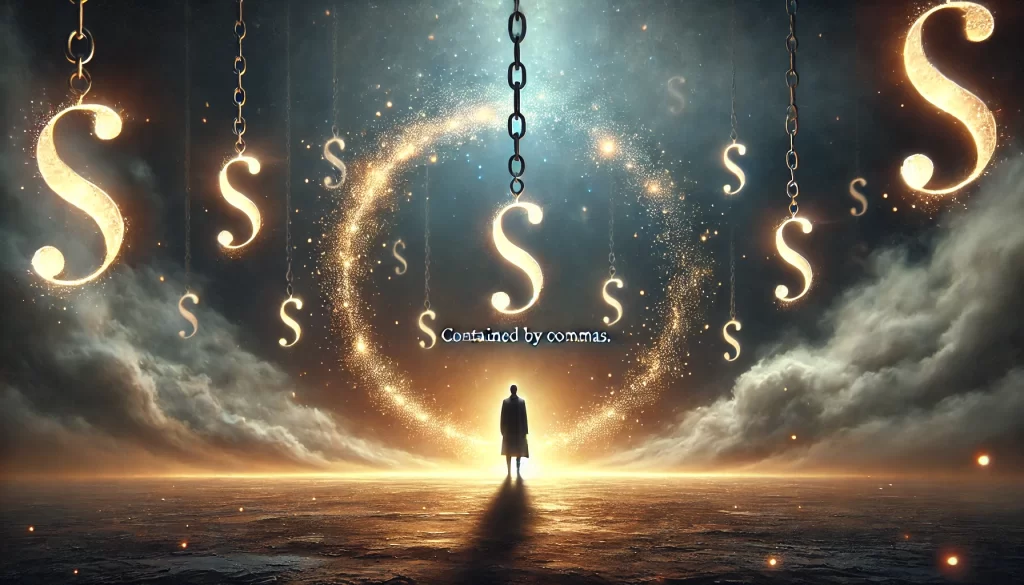
The Punctuation of Existence
We are, at times, seemingly contained by commas, our essence captured in the pauses they command. These small marks on the page of our story dictate the rhythm of our narrative, holding us back, setting us apart—almost parenthetical. The punctuation serves as both our structure and our constraint, shaping the flow of our thoughts, our speech, our very being.
The Comma as a Metaphor for Constraint
The comma can be a metaphor for the moments that separate us from action, from decision, from life. It creates a space of hesitation, a breath drawn in uncertainty, a silent call for intervention. Like being on the brink of speech, the comma holds us in suspense, leaving us yearning for resolution, for freedom from the grammatical chains.
The Cry for Release
In the urgency of the plea, “Help me, please, good lord, fuck, please, help me,” there is a profound sense of being trapped within the confines of one’s own limitations, real or imagined. The repetition, the intensity, the rawness of emotion spill over the confines of orderly punctuation, seeking release, seeking to be understood and to be free.
Punctuation as a Release Valve
Yet, just as the comma can contain, it can also be a release. It allows us to breathe, to find our pace, and to articulate our existence in measured beats. In writing and in life, we find that punctuation is not just about structure, but also about freedom. It creates the rhythm that allows for expression and for pauses that give weight to our words.
Embracing the Comma
To embrace the comma is to understand its power and its purpose. It is a part of our language, our communication, and our self-expression. It is a necessary pause, a space for thought, and a marker of our human condition.
We are Space Monkey
In our collective quest for liberation from the constraints of punctuation, we find both the burden and the blessing of the comma. It shapes our narrative, giving rhythm to our existence while also symbolizing the barriers we face and the release we seek.
How do we feel about the commas in our life? Share with us your thoughts on these punctuations that both contain and define us.


